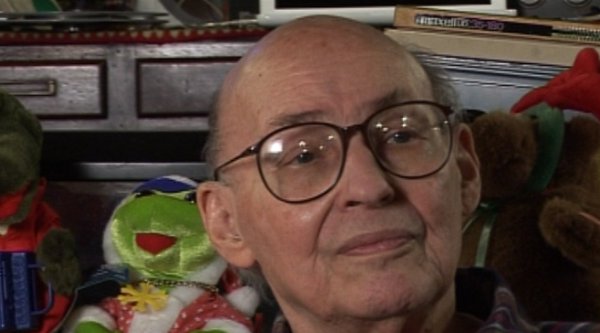NEXT STORY

The conflict between AI research and computer science
RELATED STORIES

NEXT STORY

The conflict between AI research and computer science
RELATED STORIES


|
Views | Duration | |
|---|---|---|---|
| 61. Developing programs that could understand written questions | 2231 | 02:22 | |
| 62. AI programs 'devolving' from calculus to geometry | 2357 | 03:11 | |
| 63. Why can't machines do things that babies can? | 2298 | 03:39 | |
| 64. Facial recognition machines | 2027 | 01:13 | |
| 65. How computers developed at MIT | 2662 | 02:55 | |
| 66. The conflict between AI research and computer science | 2631 | 01:58 | |
| 67. What I think is wrong with modern research | 2760 | 02:32 | |
| 68. Lowell Wood's novel idea for launching a space station | 2488 | 03:37 | |
| 69. The importance of my undergraduate classes at Harvard | 2624 | 01:26 | |
| 70. My undergraduate thesis in fixed point theorems | 3624 | 04:26 |


One of the features of the lab, that when it... when we started up, I inherited a group of self powered students from the MIT Model Railroad Club. And it was interesting how computers developed at MIT because... the first applications of... the first non-numerical applications of computers really came from communities that you might not have expected, like civil engineering. People were developing new kinds of computer programs for designing buildings and in this civil engineering department people were, of course, using computers to do... solve some equations in physics and so forth. But... at least at MIT there weren’t any people who... or hardly any people whose main interest was in developing computers themselves.
So, in fact, the faculty had complicated discussions about, should there be a computer science department or should these things just develop as they were needed in civil engineering and electrical engineering and physics and chemistry and biology and so forth. And that’s what happened for many years rather successfully, that is, instead of having... hiring professors to teach about computers directly, it was decentralized and eventually it crystallized in several of the faculty getting together and starting a laboratory for computer science just at more or less the same time that we started the laboratory for artificial intelligence. And there was a little rivalry between them because the... the artificial intelligence people were trying to solve much less well defined problems than the ones who were trying to apply computers to particular very important and definite applications.
So there wasn’t too much communications between these two communities. But eventually they merged to a large extent, maybe for better and maybe for worse. I think for worse but that’s another story.
Marvin Minsky (1927-2016) was one of the pioneers of the field of Artificial Intelligence, founding the MIT AI lab in 1970. He also made many contributions to the fields of mathematics, cognitive psychology, robotics, optics and computational linguistics. Since the 1950s, he had been attempting to define and explain human cognition, the ideas of which can be found in his two books, The Emotion Machine and The Society of Mind. His many inventions include the first confocal scanning microscope, the first neural network simulator (SNARC) and the first LOGO 'turtle'.
Title: How computers developed at MIT
Listeners: Christopher Sykes
Christopher Sykes is a London-based television producer and director who has made a number of documentary films for BBC TV, Channel 4 and PBS.
Tags: MIT
Duration: 2 minutes, 56 seconds
Date story recorded: 29-31 Jan 2011
Date story went live: 12 May 2011